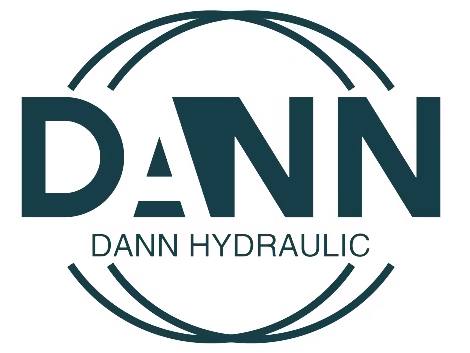Showing all 22 resultsSorted by price: high to low
-
Sale!
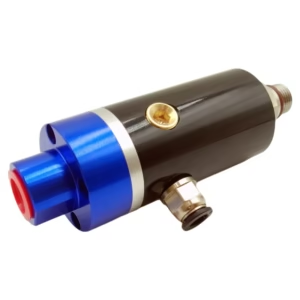
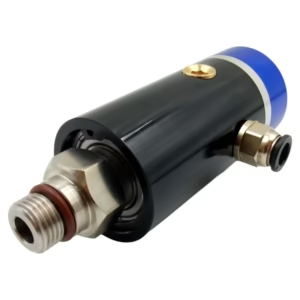
$260.00 Original price was: $260.00.$240.00Current price is: $240.00.
- Medium: Coolant
- Max. Temperature: 70℃
- Max. Pressure: 50 bar
- Max. Speed: 15000 rpm
- Max. Flow Rate: 28 L/Min
- Medium Purity: <25μ
-
Sale!


$218.00 Original price was: $218.00.$200.00Current price is: $200.00.
- Flow Direction: single-flow
- Stationary Port Thread Size: customizable
- Inlet Size: customizable
- Rotating Shaft Thread Size: customizable
- Applicable medium: Coolant
- Coolant Max. Pressure: 50 bar
- Coolant Max. Temperature: 70 °C
- Max. Speed: 15000rpm
-
Sale!
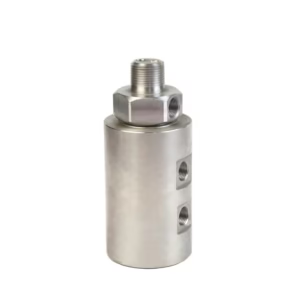
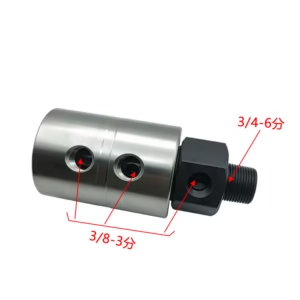
$120.00 Original price was: $120.00.$110.00Current price is: $110.00.
- Maximum Pressure: Up to 400 bar (5800 PSI)
- Maximum Rotational Speed: Up to 42,000 RPM
- Fluid Compatibility: Hydraulic oil, air, water, coolants
- Size Range: Customizable to fit specific needs
- Temperature Range: -20°C to 120°C
-
Sale!

$100.00 Original price was: $100.00.$90.00Current price is: $90.00.
- Connection:Thread/ Flange
- Medium :Steel Industry Coiling Machine
- Size:Customer’s Request
- Thread:BSPP BSPT NPT METRIC
- Max Speed:30RPM
- Max Temperature:120℃
- Max Pressure:20.0mpa
-
Sale!
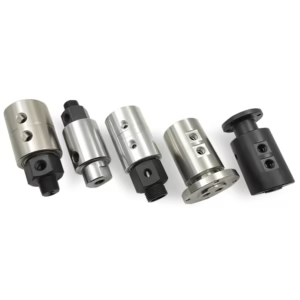
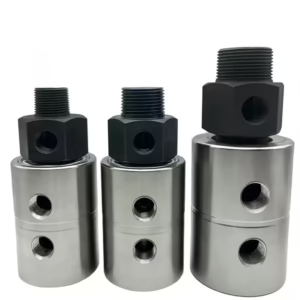
$100.00 Original price was: $100.00.$90.00Current price is: $90.00.
- Maximum Pressure: Up to 400 bar (5800 PSI)
- Maximum Rotational Speed: Up to 42,000 RPM
- Fluid Compatibility: Hydraulic oil, air, water, coolants
- Size Range: Customizable to fit specific needs
- Temperature Range: -20°C to 120°C
-
Sale!
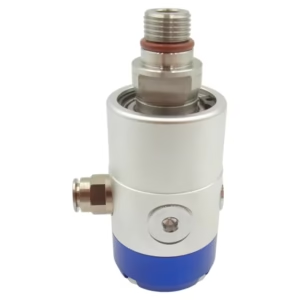

$60.00 Original price was: $60.00.$58.00Current price is: $58.00.
- Medium: Coolant
- Max.Pressure: 70bar
- Max.Speed: 12000rpm
- Max.Temperature: 80℃
- Recommended Filtration: 0.05mm
- Special Feature: Dry Operation Available
- Inlet Interface: G3/8 -19
- Drain Interface: Φ8
- Thread Specification: M16*1.5LH
-
Sale!
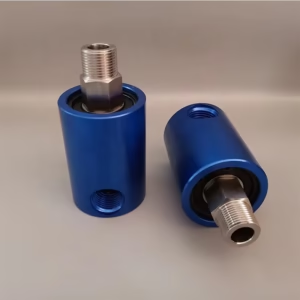
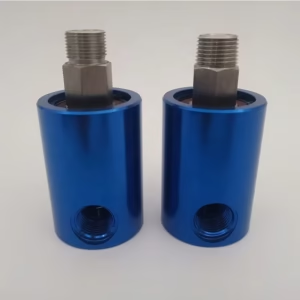
$60.00 Original price was: $60.00.$55.00Current price is: $55.00.
- Size Range: 1/8″ (DN06) to 1 1/2″ (DN40)
- Maximum Pressure: Up to 400 bar
- Maximum Temperature: Up to 120°C
- Speed Capability: High-speed options available
- Thread Types: LH & RH UNF, Metric, BSP & NPT
-
Sale!
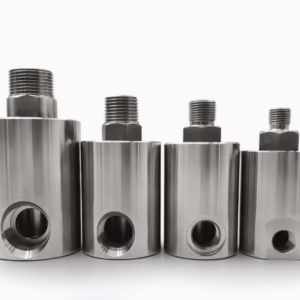
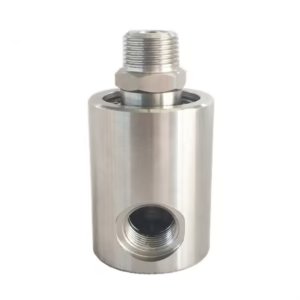
$40.00 Original price was: $40.00.$35.00Current price is: $35.00.
- Size: All kinds of models and sizes
- Max.Speed: ≤5000RPM
- Max. Pressure: ≤450Bar
- Max Temperature: ≤121℃
- Applicable medium: Water, AIR, Oxygen, Hydrogen, etc
-
Sale!


$35.00 Original price was: $35.00.$32.00Current price is: $32.00.
- Product name: High pressure rotary joint
- Size: Customized Size
- Max.Speed: 10-300RPM
- Max. Pressure: 0-35MPA
- Max. Temperature: 40-400ºC
- Medium: Steam, oil, water, air, oxygen, hydrogen, etc
-
Sale!


$35.00 Original price was: $35.00.$31.00Current price is: $31.00.
- Size Range: 1/8″(DN06) to 1 1/2″ (DN40)
- Maximum Pressure: Up to 400 bar
- Maximum Temperature: Up to 120°C
- Speed Capability: High-speed options available
- Thread Types: LH & RH UNF, Metric, BSP & NPT
-
Sale!
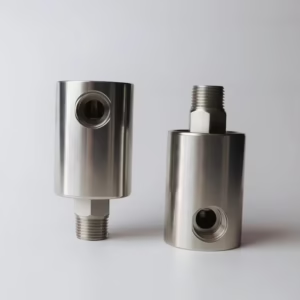
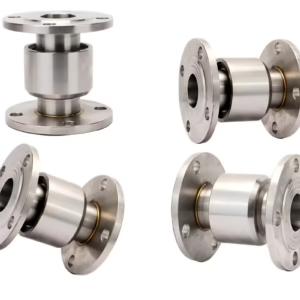
$35.00 Original price was: $35.00.$31.00Current price is: $31.00.
- Material: Stainless Steel (SS304/316)
- Size: 1/8″ – 4″ NPT (customizable)
- Max Pressure: Up to 7,500 PSI (515 BAR)
- Max Temperature: Up to 220°C (428°F)
- Max Speed: Up to 500 RPM
- Passages: 1, 2, 3 or more
- Media: Oil, Water, Air, Coolant, Gas
-
Sale!

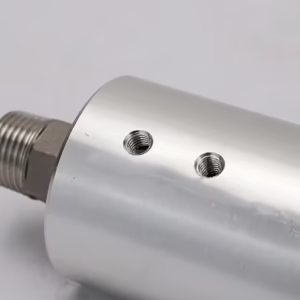
$35.00 Original price was: $35.00.$31.00Current price is: $31.00.
- Material: Corrosion-resistant stainless steel
- Rotational Speed: High-speed options available
- Pressure Rating: Suitable for high-pressure systems
- Temperature Range : -50°C to +260°C
- Port Sizes Available : G1/8″, G1/4″, M5, G3/8″
- Pipe Sizes Supported: 4mm, 6mm, 8mm, 10mm, 12mm
-
Sale!
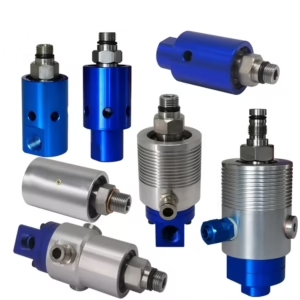
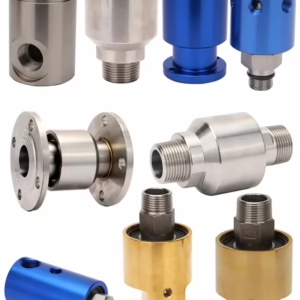
$50.00 Original price was: $50.00.$30.00Current price is: $30.00.
- Max Pressure: Up to 10 bar (145 psi)
- Max Temperature: Up to 80°C (176°F)
- Rotational Speed: Up to 3,500 rpm
- Materials: Nickel-Plated Steel, Carbon Graphite Seals
- Seal Type: Balanced Mechanical Seals
-
Sale!
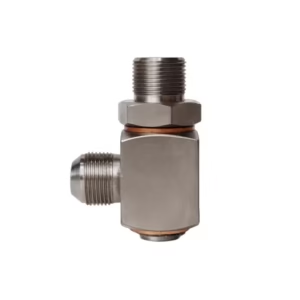
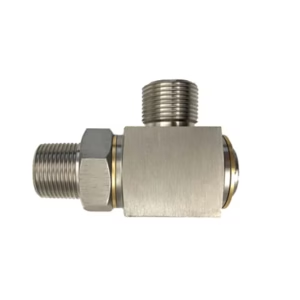
$30.00 Original price was: $30.00.$26.00Current price is: $26.00.
- Material: Stainless steel
- Size: All kinds of models and sizes can be customized.
- Max.Speed: ≤200RPM;
- Max. Pressure: ≤35Mpa;
- Max. Temperature: ≤121℃;
- Applicable medium: Hydraulic oil, water, gas, organic solvent.
-
Sale!
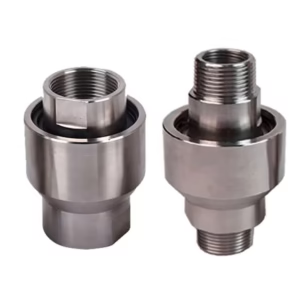
$30.00 Original price was: $30.00.$24.00Current price is: $24.00.
- Material: Stainless steel
- Pipe clamp Size:15/20/32/40/50
- Max.Speed: 100RPM
- Max. Pressure: 5MPa
- Max. Temperature: 220°C
- Medium: Oxygen, air, superheated water, oil
-
Sale!

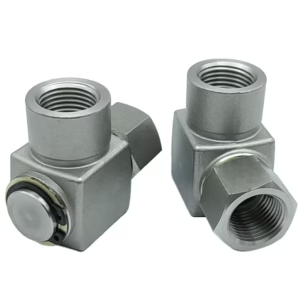
$26.00 Original price was: $26.00.$22.80Current price is: $22.80.
- Applicable pressure: 25MPa
- Applicable temperature: -200~120°C
- Speed range: 0rpm~30rpm
- Applicable media: hot water, high temperature, high-pressure steam, heat exchange fluid, nitrogen, organic solvents, hydrocarbons, cryogenic liquids, and other media.
-
Sale!


$25.00 Original price was: $25.00.$20.50Current price is: $20.50.
- Product Model: DN/DNF
- Withstand pressure: 35MPa
- Rotation speed: 50-3000RPM
- Withstand temperature: 220℃
- Seal type: Imported combination
- Connection size: DN15-DN1000
- Connection method: Flange/Flow
- Medium: water, air, steam, salt water, hydraulic oil, alloy steel
- Material: carbon steel, stainless steel, copper
- Bearing brand: SKF/NSK/HRB/WFD
-
Sale!

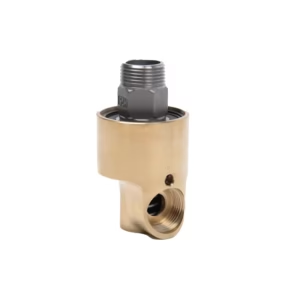
$20.00 Original price was: $20.00.$15.00Current price is: $15.00.
- Product Name: H Type Fluid Rotary Joint
- Media Supported:</strong> Steam, Water, Hot Oil, Air, Coolant
- Working Pressure: Up to 30 bar / 435 PSI
- Rotational Speed: Up to 3000 RPM
- Temperature Range: -20°C to 250°C
- Number of Passages: Single or Dual
- Body Material: Carbon Steel / Stainless Steel / Cast Iron
-
Sale!
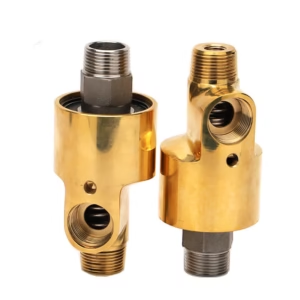
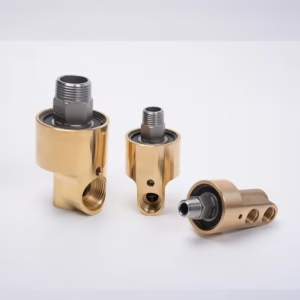
$20.00 Original price was: $20.00.$15.00Current price is: $15.00.
- Material: Brass
- Max Pressur: Up to 10 MPa
- Max Speed: Up to 1000 RPM
- Port Size: 1/8″ to 6″
- Seal Type: Nitrile / Fluoropolymer
- Operating Temperature: -20°C to 120°C
-
Sale!

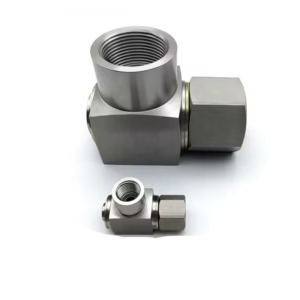
$20.00 Original price was: $20.00.$15.00Current price is: $15.00.
- Rotation speed: ≤0~30 Rpm
- Temperature: ≤-200~120℃
- Pressure: ≤1~25 Mpa
- Medium: hot water, steam, nitrogen, organic solvents, carbon oxides, cryogenic liquids
-
Sale!
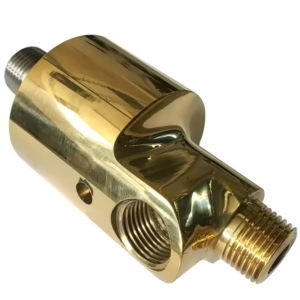
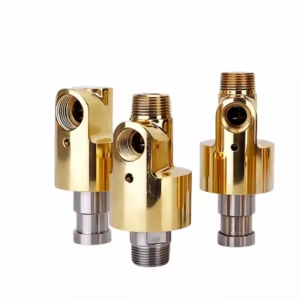
$15.00 Original price was: $15.00.$12.00Current price is: $12.00.
- Material Options: Stainless Steel, Brass, Carbon Steel
- Pressure Rating: Up to 5000 PSI (customizable)
- Temperature Range: -20°C to 200°C (-4°F to 392°F)
- Port Sizes: 1/8” to 2” (custom sizes available)
- Rotation Speed: Up to 1000 RPM (higher speeds available upon request)
-
Sale!

$15.00 Original price was: $15.00.$12.00Current price is: $12.00.
- Media Types: Hydraulic Oil, Water, Steam, Thermal Fluids
- Max Pressure: Up to 28 bar (406 psi)
- Max Temperature: Up to 300°C (572°F)
- Max Speed: Up to 150 RPM
- Connection Type: Flanged or threaded
